693715
Terbium
foil, size 25 mm × 25 mm × 1 mm, 99.9% trace rare earth metals basis
Synonym(s):
Terbium-159
About This Item
Recommended Products
Assay
99.9% trace rare earth metals basis
form
foil
reaction suitability
reagent type: catalyst
core: terbium
resistivity
116 μΩ-cm, 20°C
size
25 mm × 25 mm × 1 mm
bp
3230 °C (lit.)
mp
1356 °C (lit.)
density
8.234 g/mL at 25 °C (lit.)
SMILES string
[Tb]
InChI
1S/Tb
InChI key
GZCRRIHWUXGPOV-UHFFFAOYSA-N
Looking for similar products? Visit Product Comparison Guide
Application
Storage Class Code
11 - Combustible Solids
WGK
WGK 3
Flash Point(F)
Not applicable
Flash Point(C)
Not applicable
Personal Protective Equipment
Regulatory Information
Choose from one of the most recent versions:
Already Own This Product?
Find documentation for the products that you have recently purchased in the Document Library.
Articles
A significant limiting factor for wearable electronics and wireless sensors is the finite amount of energy that can be stored in on-board batteries.
Rechargeable solid-state batteries are becoming increasingly important due to wide-spread use in computers, portable electronics, and vehicular applications.
Our team of scientists has experience in all areas of research including Life Science, Material Science, Chemical Synthesis, Chromatography, Analytical and many others.
Contact Technical Service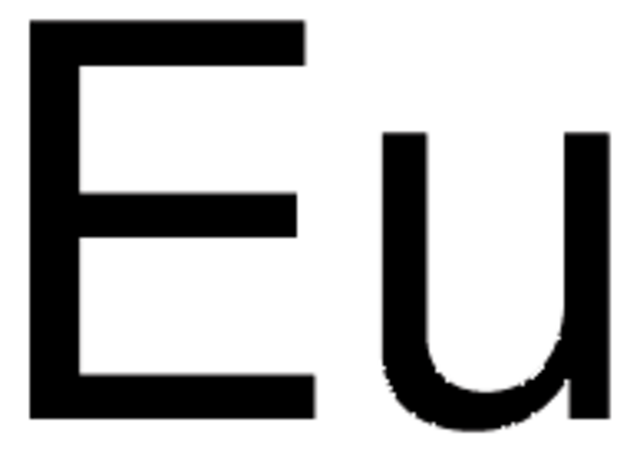
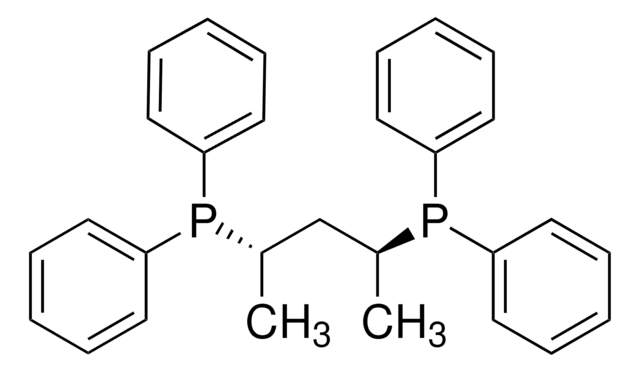
![[3aR-[2(3′aR*,8′aS*),3′aβ,8′aβ]]-(+)-2,2′-Methylenebis[3a,8a-dihydro-8H-indeno[1,2-d]oxazole] 98%](/deepweb/assets/sigmaaldrich/product/structures/134/031/294d2464-1571-4514-8e4c-c0cda1c1df7b/640/294d2464-1571-4514-8e4c-c0cda1c1df7b.png)
![(SP,S′P)-1,1′-Bis{bis[3,5-bis(trifluoromethyl)phenyl]phosphino}-2,2′-bis[(R)-α-(dimethylamino)benzyl]ferrocene ≥97%](/deepweb/assets/sigmaaldrich/product/structures/360/853/d0eae65b-a40f-4974-94da-96e62213c8f2/640/d0eae65b-a40f-4974-94da-96e62213c8f2.png)
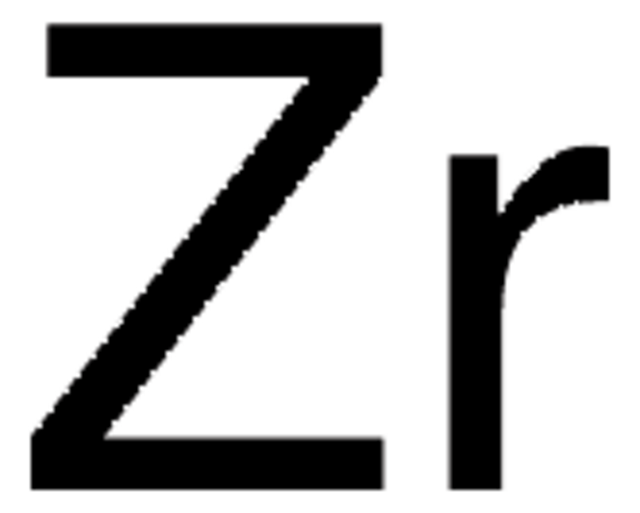
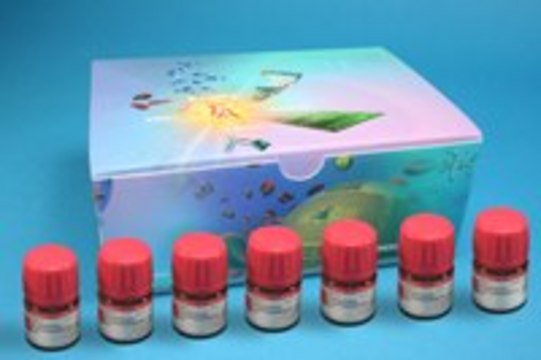
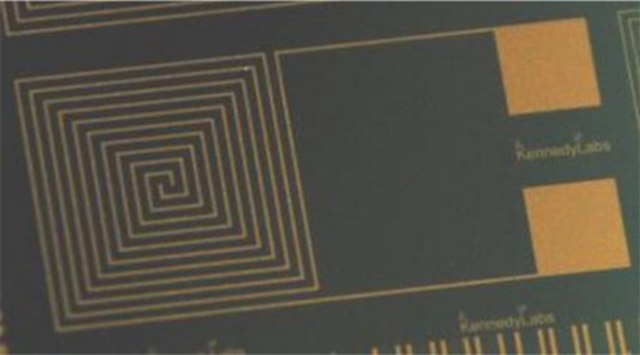
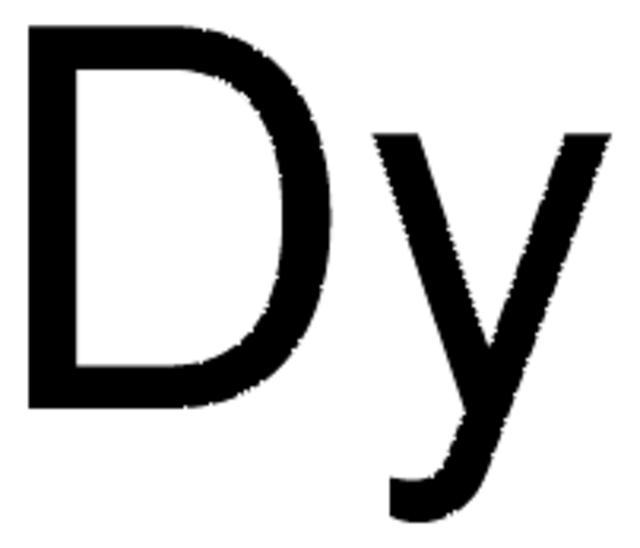
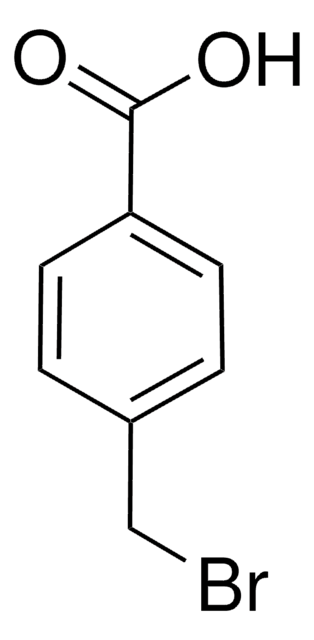
![(+)-1,2-Bis[(2S,5S)-2,5-dimethylphospholano]benzene kanata purity](/deepweb/assets/sigmaaldrich/product/structures/319/912/cec7b70f-bf7c-4a96-9f11-a73ae892e34c/640/cec7b70f-bf7c-4a96-9f11-a73ae892e34c.png)